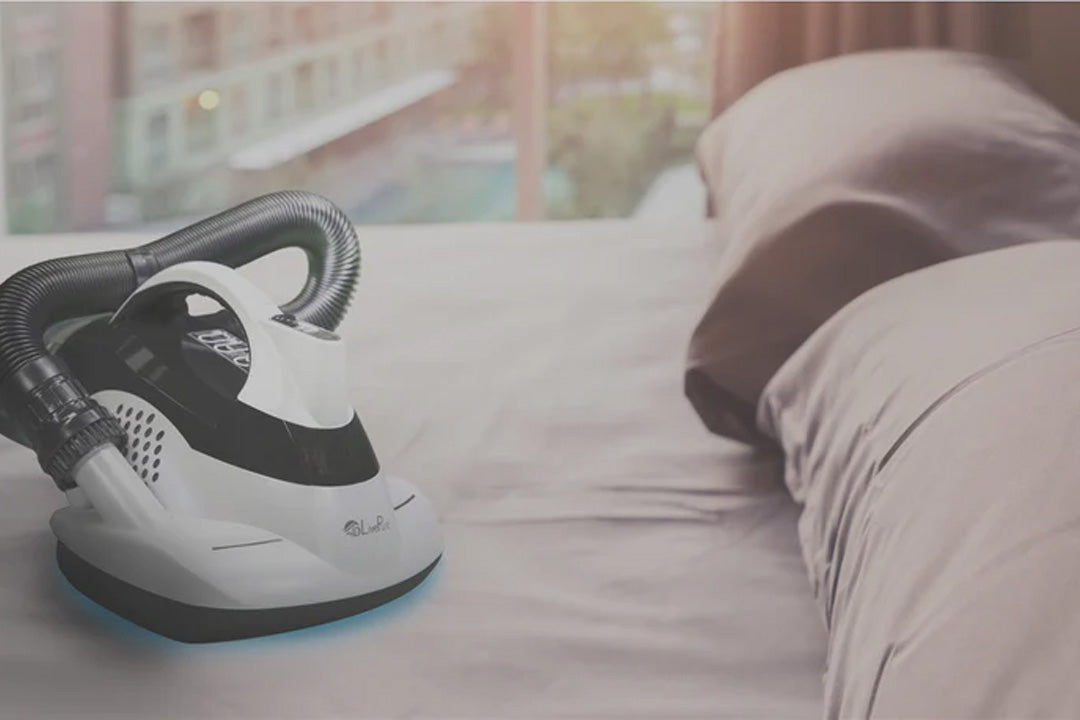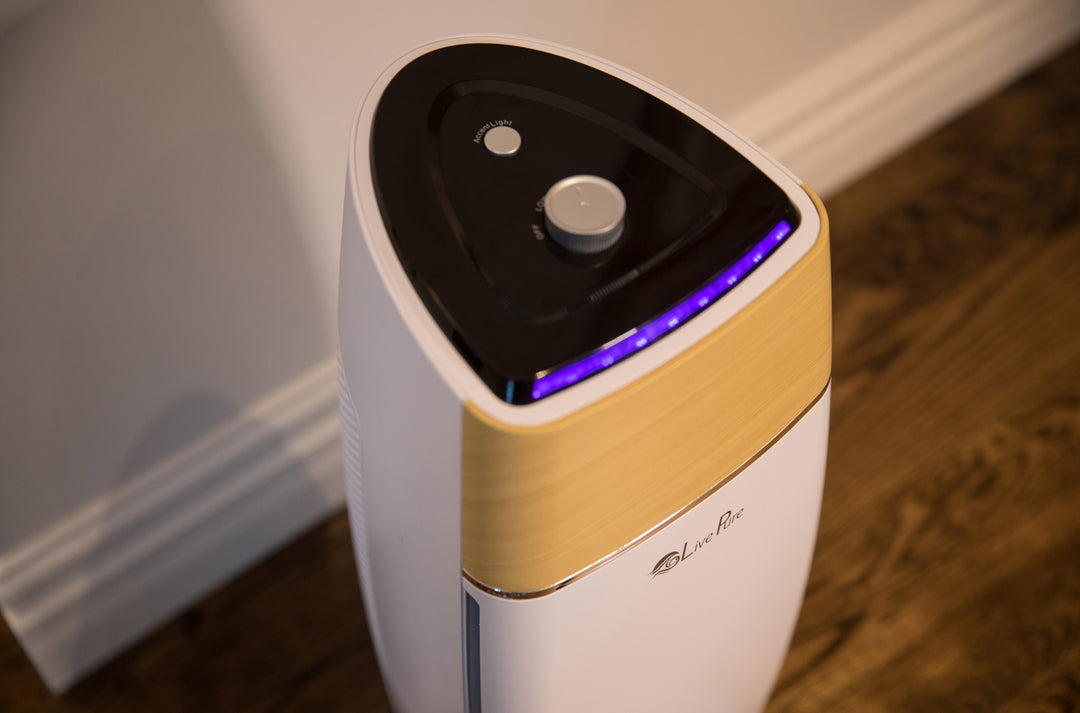Humidifiers & Dry Air

Effects of Low Humidity
Dry air can cause moisture to evaporate from the skin and can cause respiratory symptoms to worsen over time. It can also cause dry irritated throat, nosebleeds and nasal congestion. The dry air can also cause issues in your home, including static electricity, peeling wallpaper and cracks in paint and furniture. Adding moisture to the air with a humidifier can counteract these problems.
Benefits of a Humidifier
A humidifier has a variety of benefits. It can keep your skin and hair moist, reduce snoring and prevent influenza. Moisture from a humidifier can be helpful around the home helping wood floors and furniture to last longer. Humidity can also help to prevent wallpaper from cracking and static electricity from building up.
Monitor Humidity Levels
While humidifiers offer a range of benefits, it’s important to monitor your home’s humidity level. Excessive levels of humidity can make breathing difficult and some allergy symptoms worse. Common allergens, including dust mites, mold and mildew thrive in damp environments. According to the EPA, the ideal indoor humidity level should be between 30-50%. Humidity levels above 60% are too high.
Ultrasonic Operation
There are many types of humidifiers available, including Ultrasonic Operation. Instead of electricity, these units use vibrations to vaporize water. This makes it much safer than hot water humidifiers, which can be extremely hot to the touch. Ultrasonic Humidifiers are also usually much quieter than traditional humidifiers.



